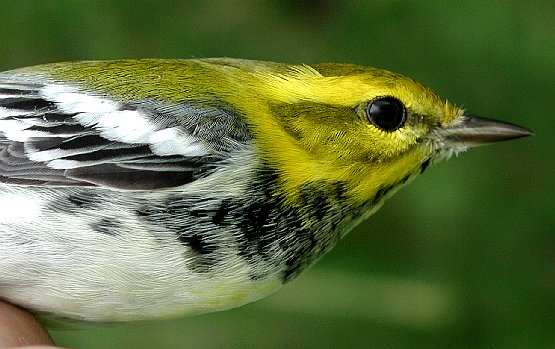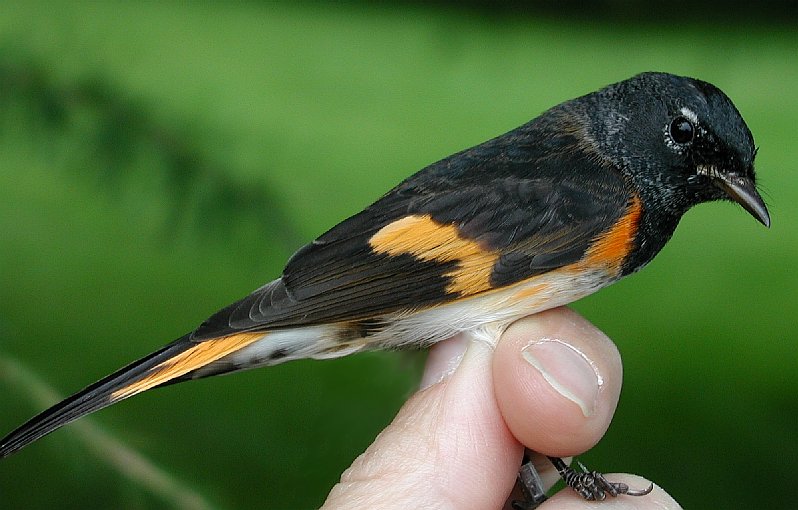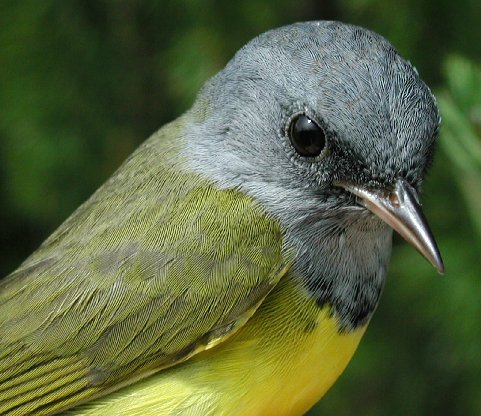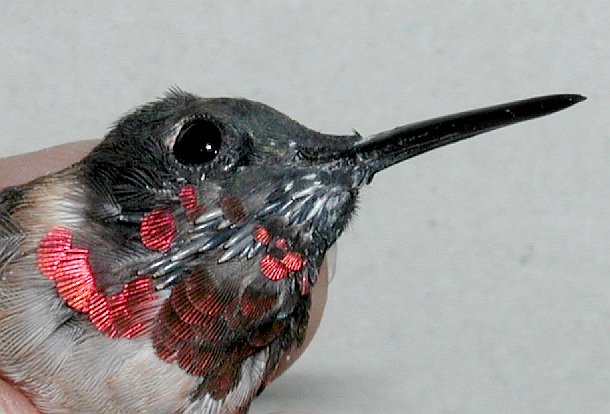

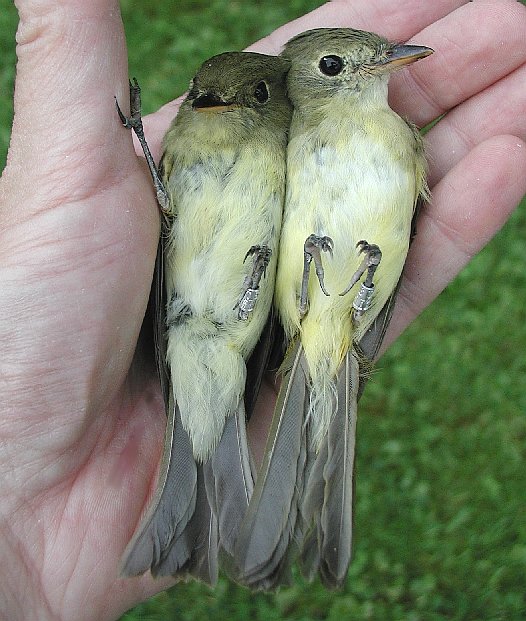
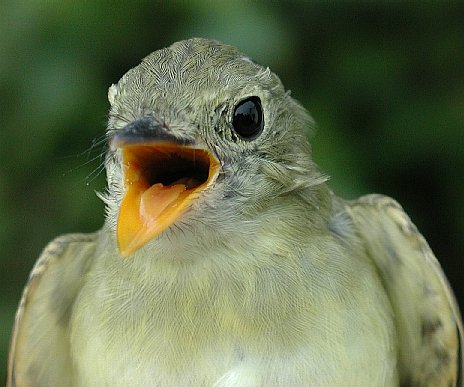
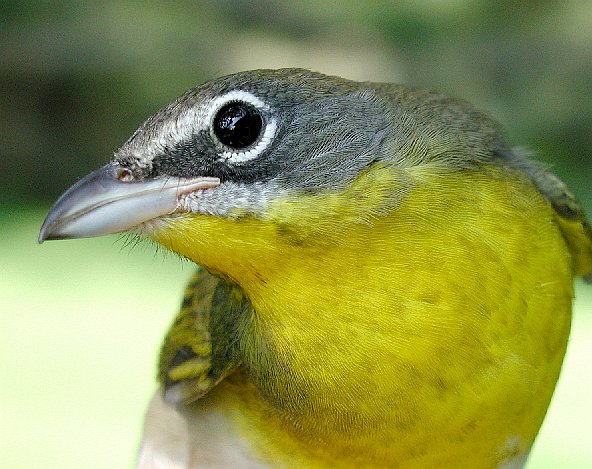
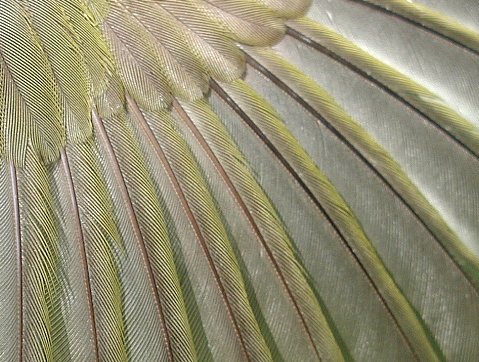
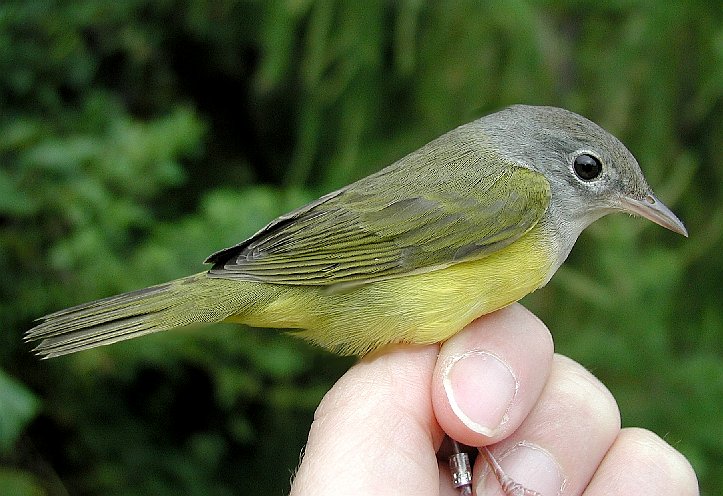
This second photo makes a nice companion to that of the adult male MOWA from 8/17
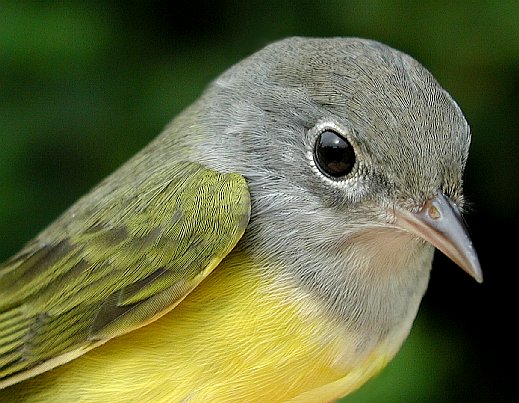
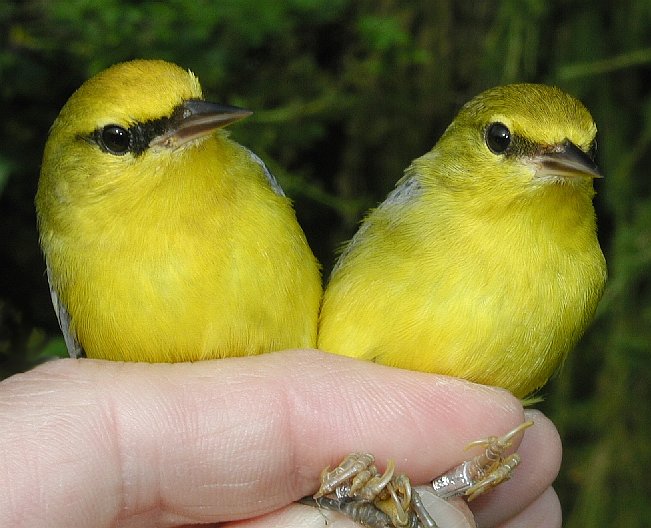
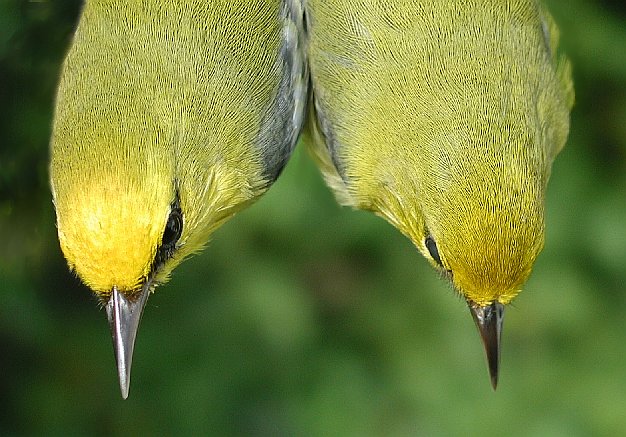
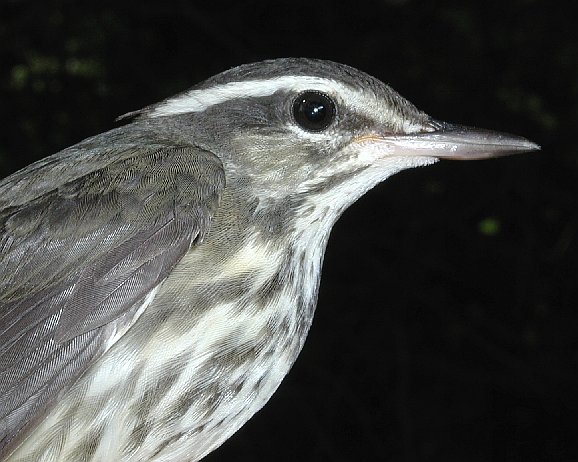
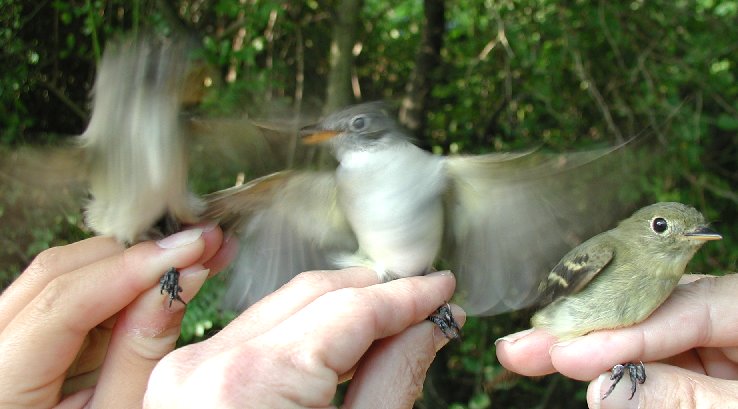
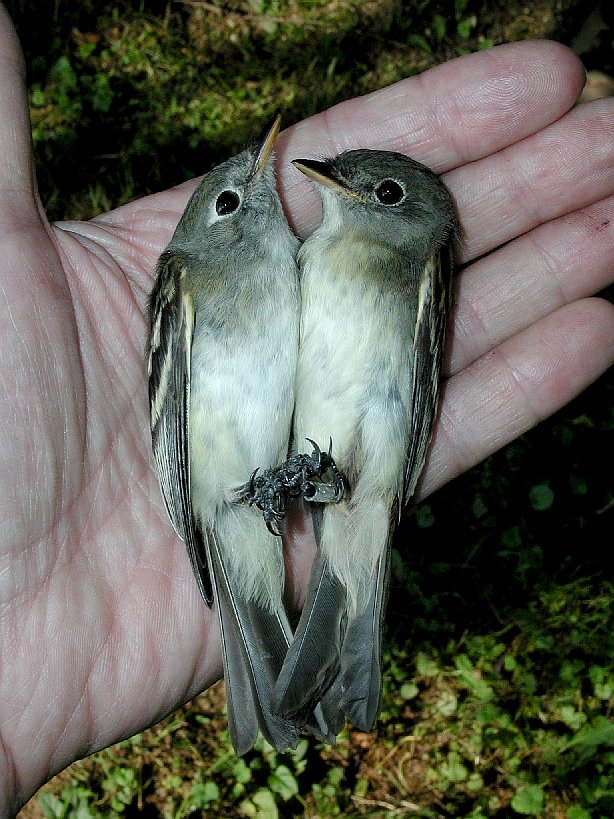
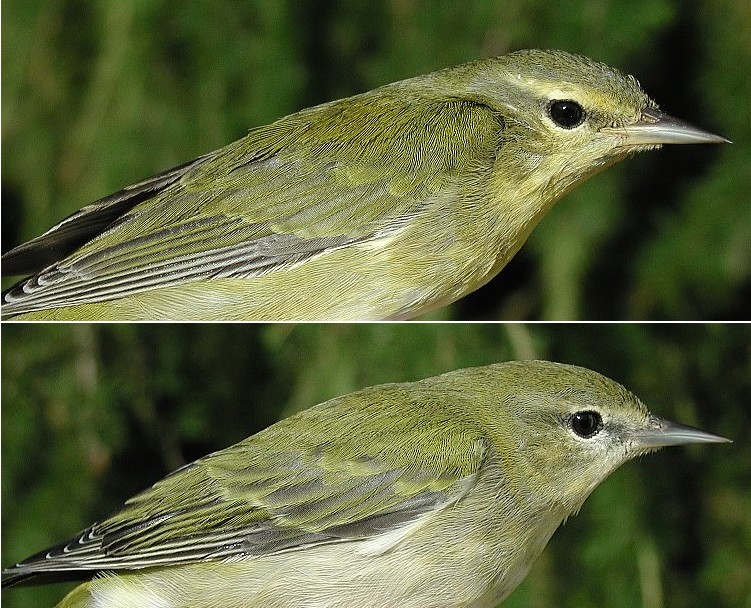
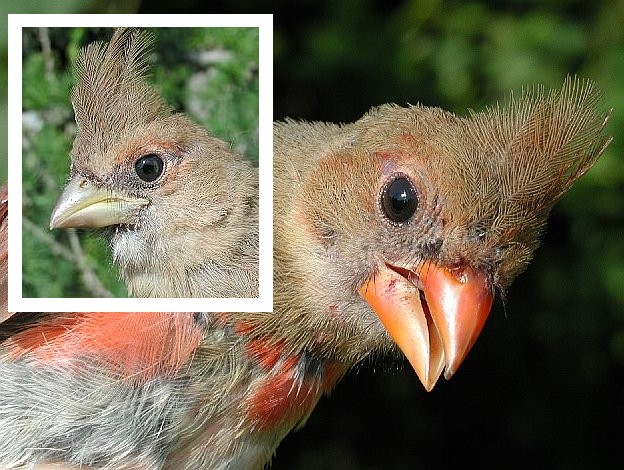
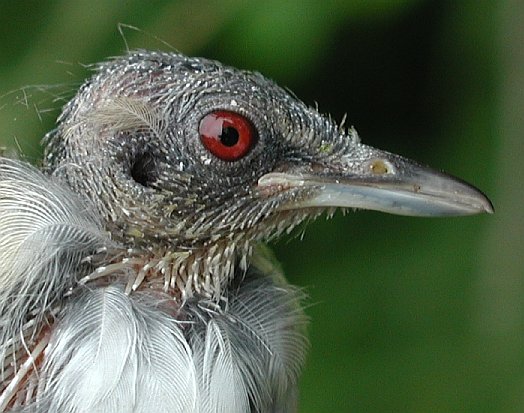
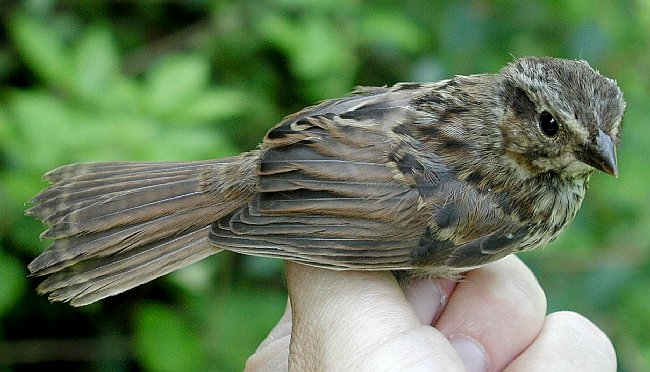
Note: the two conspicuous light-colored feather growth bars near the tip of this young SOSP's tail (see photo detail below) tell us that this bird probably was not well fed for two consecutive days, perhaps the first two days after it fledged from its nest. Because the so-called "fault" bars are near the tips of all the bird's rectrices, they formed when the tail was just a short stub, which is the usual length for most open cup nesting passerines when they leave the nest at about 10 days of age; development of wing feathers in nestlings is more rapid, with recently fledged birds typically having at least half grown wings, capable of supporting short fluttering flights, when they leave the nest. The period of interrupted nutrition, evident as fault bars near the tips of the tail feathers, would, therefore, show up much farther from the tips of the same bird's wing feathers.
.Rainy weather may have played a role in making it difficult for the parents of this young SOSP to provide adequately for all of their recent fledglings. In any case, this fledgling survived its early nutritional bottleneck and appeared quite fit when we banded it! An extreme case of unquestionably even fault barring, such as seen on this SOSP, can be useful as an ageing criterion (juvenal wing and tail feathers are grown concurrently, while adult wing and tail feathers ordinarily are grown in a staggered pattern), with the important caveat that adults do sometimes lose all of their tail feathers at once accidentally. When such accidentally lost feathers are regrown adventitiously (outside the normal molt cycyle), it is not unusual for such adult replacement rectrices to have prominent fault bars like those more often seen in juveniles (because they necessarily grow their wing and tail feathers while being entirely dependent for their nutrition--the energy and proteins necessary for feather synthesis--on the food delivered by their parents).
.In contrast to the fairly fresh feathered juvenile SOSP above (completely covered in its recently grown, loosely textured juvenal plumage), the adult male SOSP caught with it looked exceptionally worn (its tail feathers, in particular).
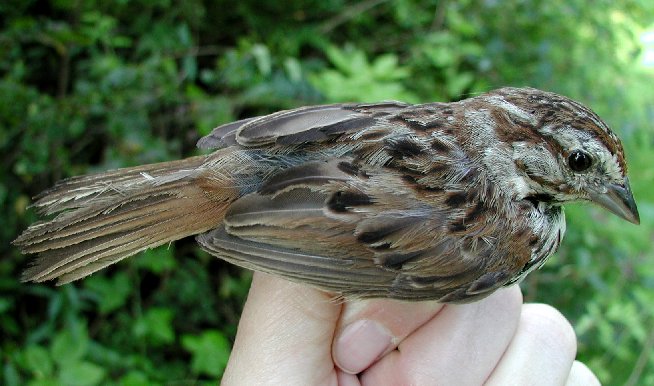
The shape (apparently rather pointed) and condition (extremely worn) of this bird's rectrices alone might cause a bander to think they were looking at a second year (SY) bird with retained juvenal tail feathers.
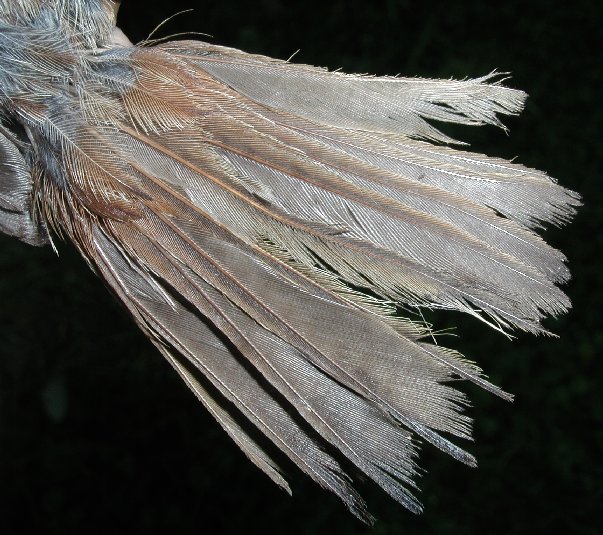
To the contrary, the SOSP pictured above, a recapture on 8/15, was originally banded in July 1997 as an HY bird, making it six years old! In assessing a bird's overall plumage to determine how many feather generations are present and what those generations are (e.g., juvenal, first basic, definitive basic, etc.) many criteria have to be used in combination. There simply are far too many cases of unusually unworn SY birds and atypically heavily worn ASY birds for feather wear condition alone to be a reliable age indicator. Banders (and birders) attempting to separate the various age classes of birds must carefully examine the whole bird, always armed with a thorough understanding of what the plumage cycles for that species are known (or, at least, supposed) to be, and then make a judgement (if one can be made at all) based on the totality of available information--importantly, for the welfare of each and every bird, only so much time should be taken in arriving at a correct (and not necessarily the most precise possible) determination.
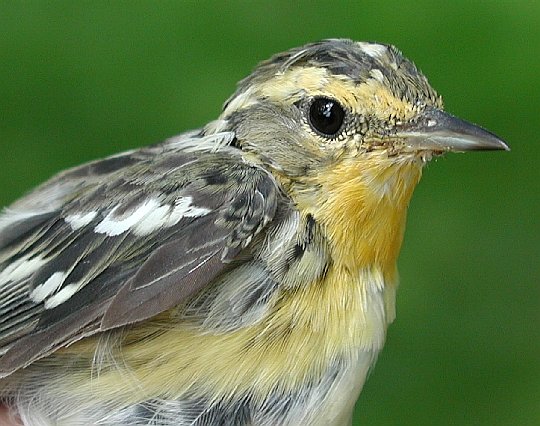
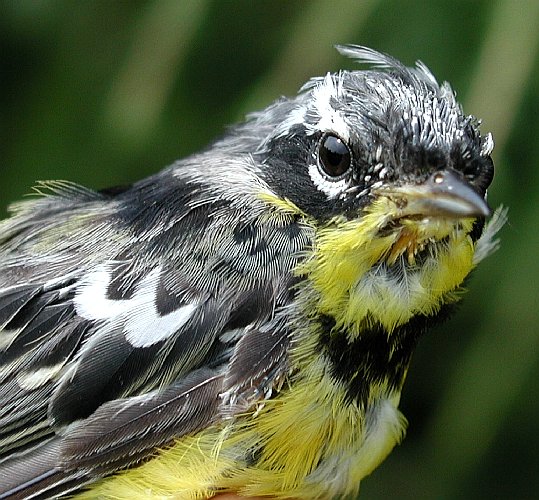
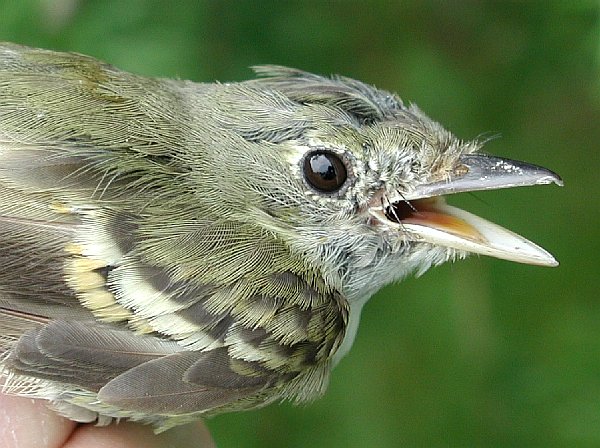
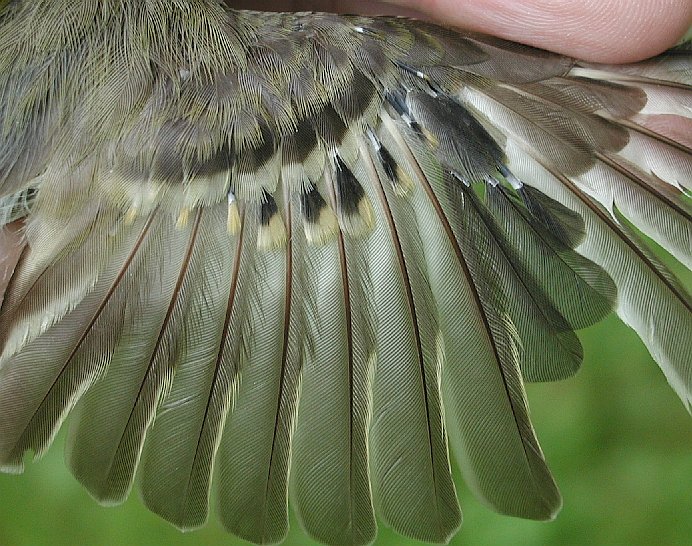
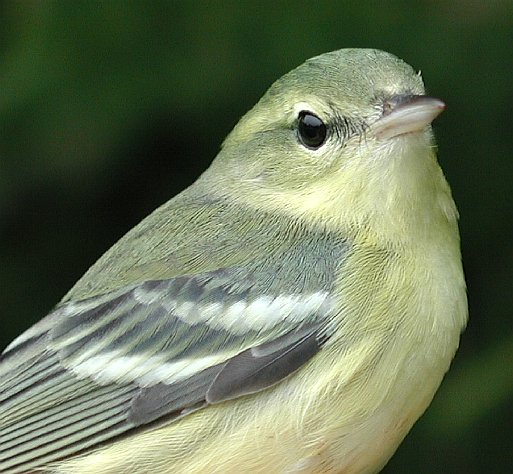
while others, like this HY male Chestnut sided Warbler (next photo), has a much different appearance this fall (first basic plumage) than it will have next spring (first alternate plumage)--i.e., making it one of the truly "confusing fall warblers." This individual has perhaps a greater amount of chestnut coloring on its sides than average for a first year male, but it (and also adult males in basic plumage) lacks entirely the dark black facial pattern and bright yellow forecrown so conspicuous in alternate plumaged males (and to a lesser degree in spring females).
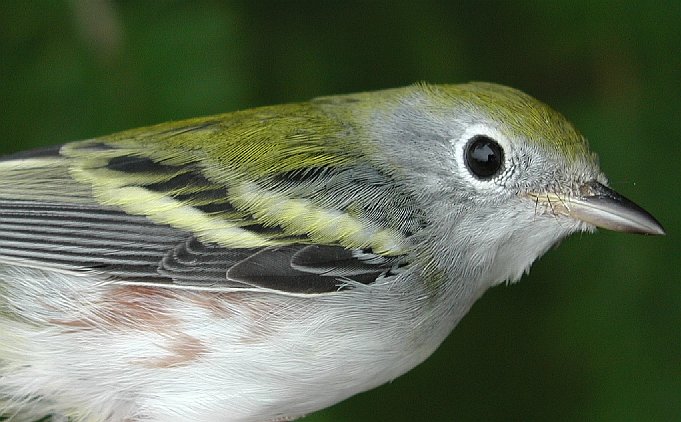
It is a surprise to some banders and birders that the majority of warblers in first basic plumage, like the HY male Black-throated Green Warbler below, aren't very much different in terms of brightness of color and pattern than the respective adults of their species in spring. Furthermore, the adults of these same species are almost equally as bright in fall plumage as they are in spring--this includes, among others, Golden-winged, Blue-winged, Hooded, Wilson's, Black-throated Blue, Cape May, and Blackburnian warblers.
